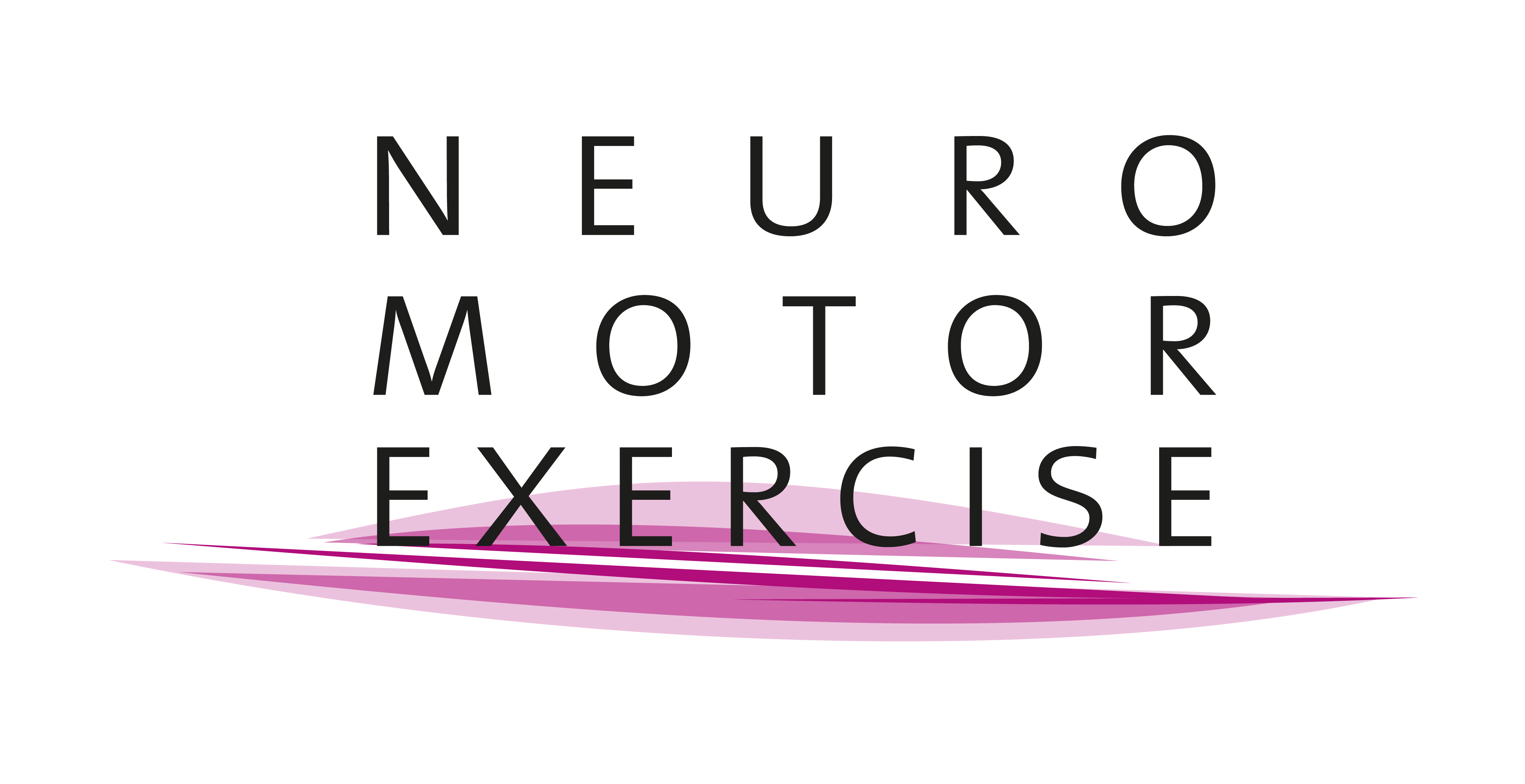Where Science Meets Practice
Two ambitious EU-funded projects, the Marie Skłodowska-Curie Actions (MSCA) doctoral network TReND and the Parkinson Vibrating Socks project, are currently being coordinated by the University of Münster's Department of Neuromotor Behavior and Exercise, in collaboration with multiple international partners. In this post, we will delve into the details of these two initiatives and explore how they aim to bridge the gap between research and practice.
What Role Does Knowledge Transfer Play in Shaping the Future of Healthcare?
The effective transfer of knowledge from research into clinical practice is crucial for improving patient outcomes and advancing healthcare. However, this process can be complex and time-consuming (Figure 1). It requires the collaboration of researchers, clinicians, and other stakeholders to ensure that new discoveries and technologies are safely and effectively integrated into clinical care. This involves not only the development of new treatments and therapies but also the creation of guidelines, protocols, and educational programs to support their adoption. By facilitating the exchange of ideas, expertise, and resources between research, industry, and healthcare systems, knowledge transfer can accelerate the development of innovative solutions, enhance the quality of care, and ultimately improve the health and well-being of individuals and communities. Effective knowledge transfer into the clinical sector has the potential to transform the way healthcare is delivered, making it more personalized, efficient, and responsive to emerging needs and challenges. Nevertheless, the reality is that knowledge transfer is an ongoing and challenging process, hindered by numerous barriers, including the need for interdisciplinary collaboration, regulatory frameworks, and cultural changes within healthcare systems, underscoring the need for sustained efforts to overcome these obstacles and ensure that research findings are translated into meaningful improvements in healthcare.

What Role Does Knowledge Translation Play in the TReND Project's Efforts to Improve Clinical Outcomes?
TReND is a translational research network in motor disorder rehabilitation that embodies the principles of knowledge transfer. TReND seeks to advance our understanding of variability in motor control and learning, with the ultimate goal to enhance clinical practice. Despite recent breakthroughs in understanding the role of neuro-behavioral variability in sensorimotor control, these insights have yet to be fully integrated into clinical therapy approaches. To address this knowledge gap, TReND brings together a diverse team of researchers and practitioners from movement science, neuroscience, computer science, physical therapy, occupational therapy, and related industries. This interdisciplinary collaboration enables the translation of research findings into practical applications, such as diagnostic tools and intervention guidelines for patients with motor disorders like Parkinson’s disease, stroke, or cerebral palsy. By bridging the divide between theoretical and clinical realms, TReND aims to improve clinical diagnosis and motor rehabilitation, ultimately leading to better treatment options for individuals affected by motor disorders.
How Can the Parkinson Vibrating Socks Project Effectively Translate Knowledge into Practice through Technical Solutions?
Another example of knowledge translation through technological innovation is the Parkinson Vibrating Socks project. For patients with Parkinson's disease, a neurodegenerative motor disorder, common symptoms include muscle tremors and postural instability. Approximately 60% of those affected experience "freezing," where their feet seem to stick to the ground, making it difficult to take the next step, often resulting in falls. This symptom restricts daily activities & participation and reduces quality of life. A promising non-pharmacological approach is "cueing," where sensory stimuli are used to help overcome those “freezing episodes”. Among existing cueing methods, vibrotactile cueing is the least intrusive and most discrete option. With great potential to improve freezing without disrupting daily life, the Parkinson Vibrating Socks project aims to develop a patient-centered, clinically evaluated vibrotactile prototype: a small, wearable device with a sensor that detects and responds to freezing episodes.
What Are the Next Steps for Effective Knowledge Transfer in Healthcare?
In conclusion, the TReND and Parkinson Vibrating Socks projects aim to improve knowledge transfer. The benefits of this are better patient outcomes, improved quality of care and a more responsive, efficient healthcare system. As we continue to navigate knowledge transfer, it is crucial that we prioritise collaboration, innovation and patient-centred approaches.


